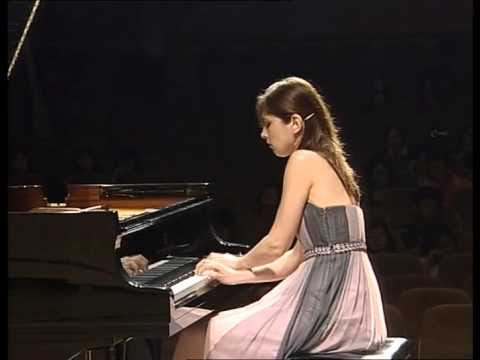Piano Journal: Scarlatti
Domenico Scarlatti was born the same year as J.S. Bach and G.F. Handel, the two titans of the Baroque era. But despite being their exact contemporaries, he’s always sounded to me as though he comes from a different era than they do — either one earlier and stranger, before the rules of classical harmony were formalized, or later, when the rules had been around long enough to allow for some playfulness.
In truth, he can safely be grouped with the after, the kind of after that doesn’t just follow chronologically but actively rejects. Scarlatti is associated with a movement known as style galant: a post-Baroque focus on elegance over heavy formality. Instead of elaborate layers of counterpoint and densely plotted structures, galant composers focused on melody, simplicity, and pleasure. Perhaps Scarlatti’s music has so much affinity with that younger generation because his most brilliant compositional period came later in his life. As a young man he was a composer of operas and vocal music, and the critical consensus is that those works are mediocre and best forgotten. But his genius came into flower much later, while he was living in Madrid and giving music lessons to the future Queen of Spain. While the styles of his age-contemporaries were falling out of fashion, in his 50’s Scarlatti began to write keyboard music of astonishing freshness.
There are at least 559 piano sonatas from this period, and each is like an amuse-bouche. The absence of dense counterpoint allows for a feeling of crystalline lightness — even at high speeds, you can always hear the spaces between the notes. They’re also full of dark touches of color, chromatic notes with a little bit of strangeness and a little bit of bite. Their typical structure is two-part, with the first half establishing a theme, and the second half varying or modulating it. Often the two halves are delineated by what is called the crux — a moment of sustained tension before the second half begins.
This week I started learning Scarlatti’s Sonata in A minor, K54. After listening to recordings to include here, I decided to link this YouTube performance by a young girl, unnamed, who appears to be performing in a competition or formal recital. I include it because you can see the lightness of her touch, particularly in the sections where the left hand crosses over the right (these sections, when trying to learn them, are scrambling my brain in a very particular way).
She starts playing at 40 seconds in. The transition from first to second half isn’t as obvious as in some of Scarlatti’s other pieces, but you can hear it at around 2:50:
Although he was from Naples, Scarlatti lived most of his life in Spain. The proliferation of guitar arrangements for his keyboard works makes it easy to hear the affinity:
Scarlatti is often overlooked, known mostly to piano-nerd types and pre-classical enthusiasts. I often turn to Scarlatti when I’m looking for music to encourage a particular quality of mind that’s tranquil yet acute. I have to admire the ambition of this ranking of all 559 of the Scarlatti sonatas, and although the author and I might quibble on taste (he puts my K54, which I like a lot, in the “excruciatingly decent” category), his top 20 are an excellent place to start. At number one he puts this virtuoso showpiece, but all the reasons to love Scarlatti are found for me in this one below, which even in its spareness is full of strange beautiful colors.


